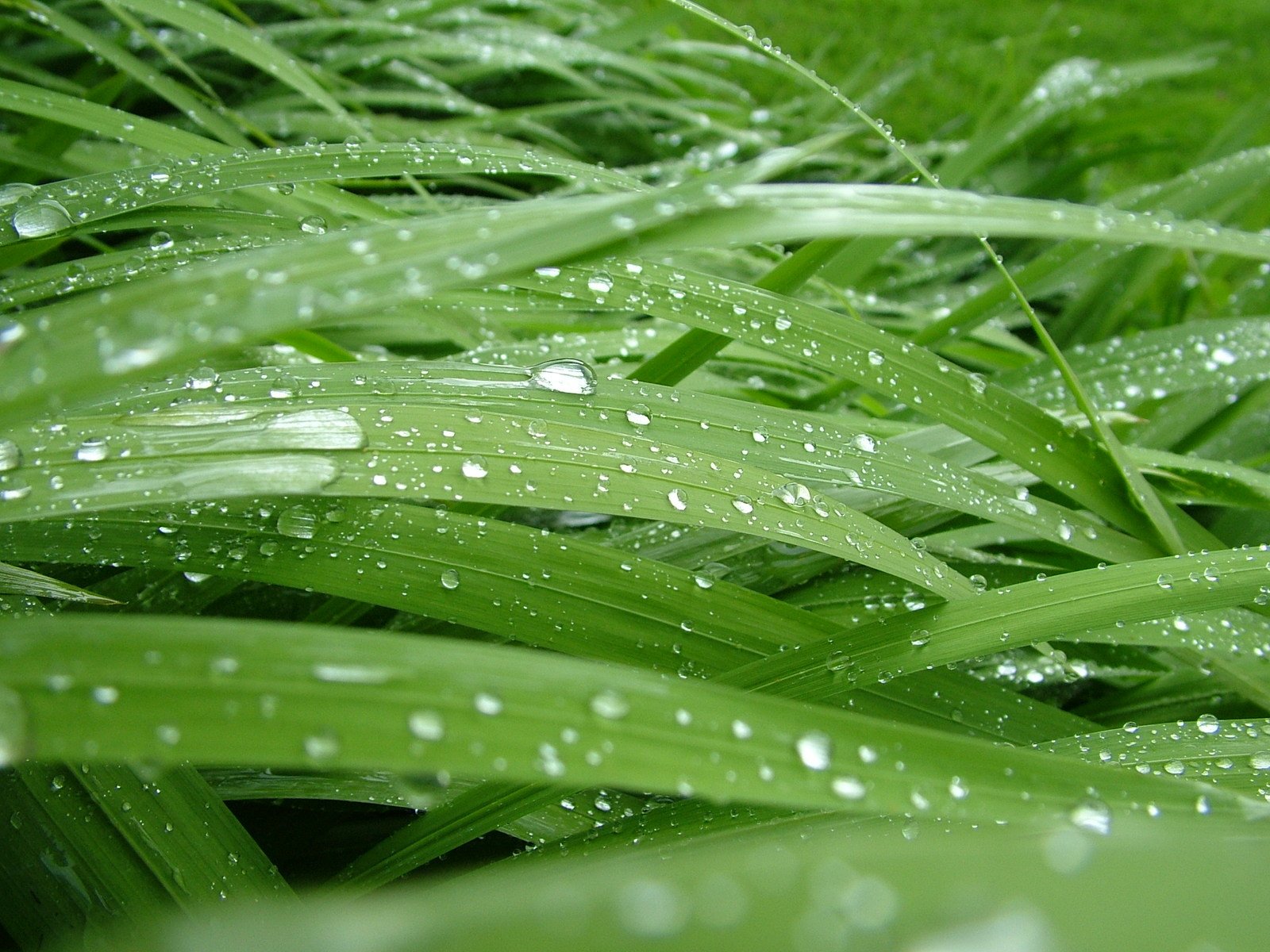
Golf is an outdoor sport and as such, the weather conditions can play a huge part in proceedings. Depending on where in the world you are playing, it’s possible to experience, sun, rain and wind all in the same round of 18 holes.
However, sometimes it is possible for overnight weather conditions to have an impact on your round of golf the following day.
A heavy downpour during the night can leave the golf course very soggy in the morning and although the rain has stopped and you don’t have to deal with playing in wet conditions, the course itself is very wet.
Today we have a few tips which will help you when playing golf in soggy conditions.
Do not expect your tee shots to roll. If you are playing on a golf course which usually sees your ball roll an extra 10 or 20 yards off the tee, you must be prepared that this is not going to happy when it is soggy.
With the additional moisture in the golf course the ball is not going to go anywhere when it contacts the ground. In fact, it is most likely to stop dead and it may even plug into the ground. If you are a short hitter of the ball, this will be tough for you and you must be prepared mentally to accept you are not going to hit the ball very far off the tee.
In this situation, the lower the trajectory of the ball better.
When playing approach shots in soggy conditions, any spin on the ball is going to bite hard on the green and can result in your ball spinning back a long way. A standard approach shot in dry conditions to the middle of the green using a pitching wedge can end up with your ball rolling off the front of the green in soft, wet conditions.
You can adjust for these conditions by hitting the ball deeper on the green and allowing the spin to bring the ball back to the flag. However, if the hole is towards to the back of the green this is not really an option.
In this circumstance, you must take spin off the ball and one of the best ways to do this is to take a club up and make a three-quarter swing. The ball will travel the same distance but have a lower trajectory and less spin, allowing you take attack the pin.
Finally, try and avoid the bunkers at all costs.
Obviously, you are always trying to avoid hitting your ball in the bunker but when the course is wet, the bunker becomes an increasingly difficult prospect.
The sand will probably be heavy following a lot of rain over night and you must swing harder to get your ball back in play. The sand will be thicker and the shot will require more force to dig the ball out.
If the ball is plugged then you must try and dig in about an inch behind the ball to get it out.
It’s tough playing in soggy, soft conditions but the tips above will help you adjust your game.

Recent Comments